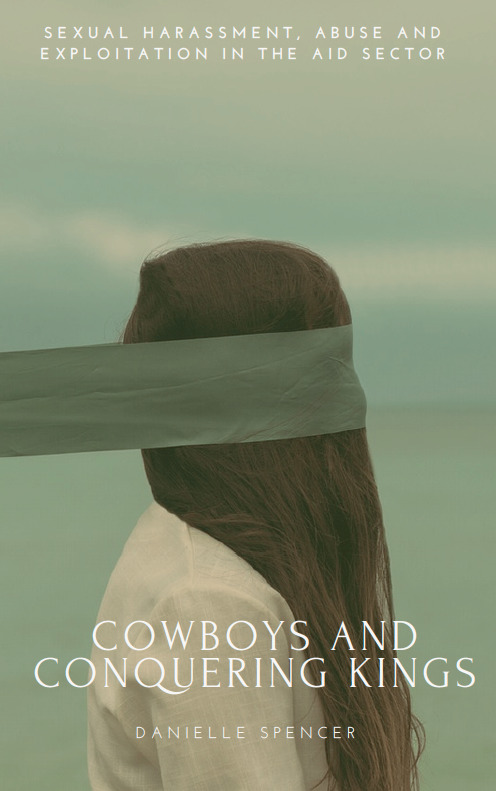Resources
Building an Inclusive Security Risk Management Culture: Musings of the GISF Director
On World Humanitarian Day 2018, GISF's Executive Director, Lisa Reilly, considers how NGOs can build a more inclusive security risk management culture.

Managing Sexual Violence Against Aid Workers: prevention, preparedness, response and aftercare
This GISF guide aims to support aid agencies in preventing, being prepared for and responding to incidents of sexual violence against their staff. It is intended as a good practice guide to help strengthen existing processes and support organisations as they set up their own protocols.
Sexual violence and abuse against aid workers: 2015-2017
This publication is intended to encourage survivors and witnesses to come forward and to encourage debates within aid agencies about the best policies to prevent and respond to cases of sexual violence and abuse.
In the News: Sexual violence against aid workers
Humanitarian response evaluations habitually find gender-based harassment to be a problem, with measures to prevent and respond to incidents proving inadequate. Subsequent rhetoric often fails to translate into reality and harassment continues on a day-to-day basis, both for civilians and aid workers. This article is largely centred on sexual violence against humanitarian workers, exploring the pervasive issue and potential responses.

Cowboys and Conquering Kings - Sexual Harassment, Abuse and Exploitation in the Humanitarian Sector
This report summarises an academic thesis on sexual harassment, abuse and exploitation in the aid sector.
Guidance Note: Communicating about Sexual Violence Incidents as Humanitarian Organisations
This guidance document aims to help humanitarian organisations to communicate internally and externally when a staff member is the victim of sexual violence.
Guidance Note: Reporting Incidents of Sexual Violence in Humanitarian Workplaces - as a Survivor
This guidance document aims to help survivors of sexual violence in the humanitarian workplaces to answer questions about how to report sexual violence.
Guidance Note: The Role of Donors for Addressing Sexual Violence in Humanitarian Workplaces
This guidance document is aimed at donor agencies and describes the steps they can take to address the issue of sexual violence in humanitarian workplaces.
Fact Sheet: Post-Sexual Violence Kits
This fact sheet provides information about the options that might be available to survivors immediately after a sexual violence attack, as well as what humanitarian organisations can do to appropriately respond.

Duty of Care: Protection of Humanitarian Aid Workers from Sexual Violence
This paper functions as a broad foundation for contemplating duty of care, as it relates to sexual violence.
Five guidelines for security risk management personnel: how to address sexual violence
In this blog, Megan Nobert provides five guidelines for addressing sexual violence in humanitarian security risk management.

Cross-Sector Progress Report on Safeguarding Against Sexual Exploitation, Abuse and Sexual Harassment (SEAH) 2019-2020
The Foreign Commonwealth and Development Office (FCDO) have compiled this report to summarise the work done between October 2019 and October 2020 by groups and organisations that made commitments at the October 2018 London Safeguarding Summit, and others working to align their safeguarding work with the long-term shifts identified at the Summit.

FCDO Progress Report on Safeguarding Against Sexual Exploitation, Abuse and Sexual Harassment (SEAH) in the International Aid Sector, 2019-20
This report summarises the work done by the Foreign, Commonwealth & Development Office (FCDO) between October 2019 and October 2020 to improve global standards and performance on safeguarding against SEAH in the international aid sector.

Sexual Exploitation and Abuse in the Aid Sector: Progress and Next Steps
This report details the responses from an enquiry into sexual exploitation and abuse in the aid sector. The report details the progress made between 2018 and 2020; and also details the safeguarding gaps and challenges still present in 2021, and key areas for improvement.